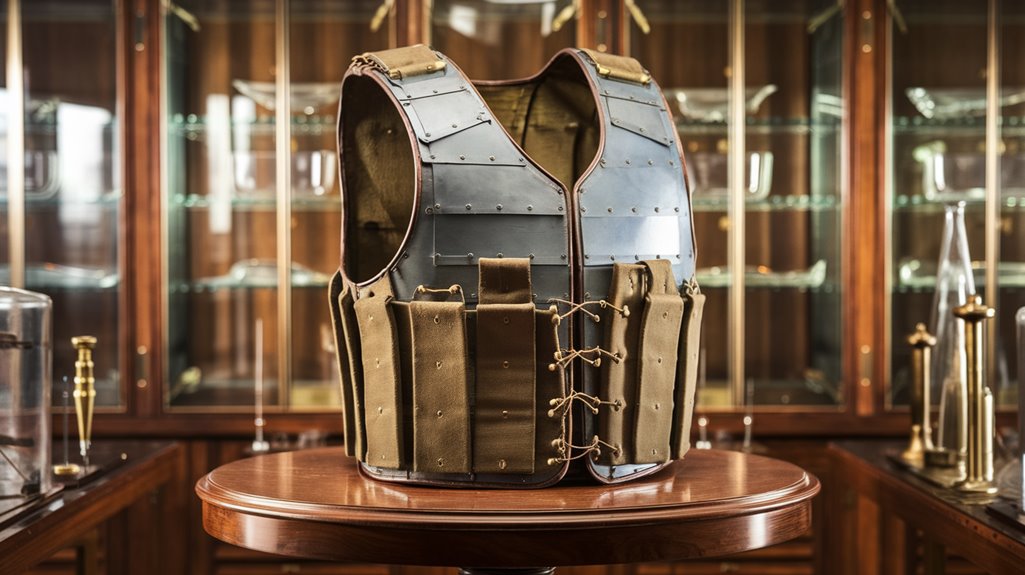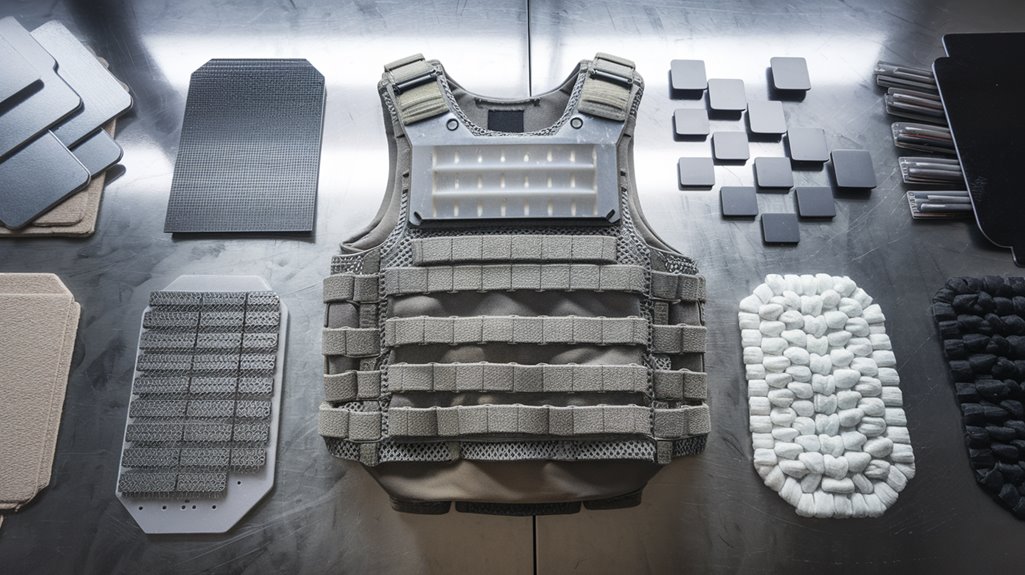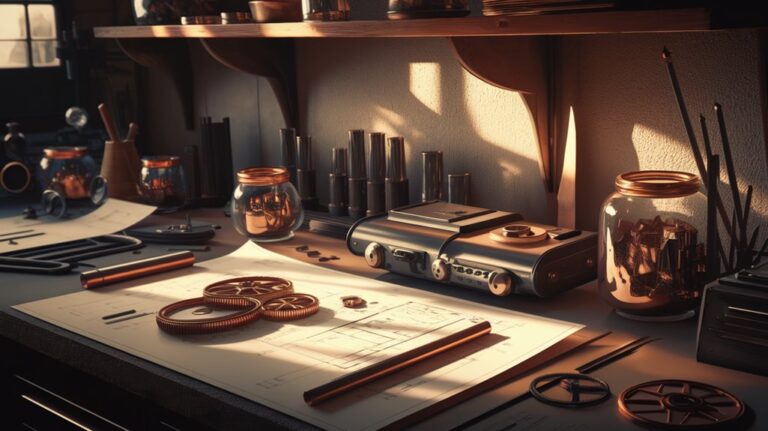Bulletproof Vests: The Truth Hollywood Hides
You've seen it countless times in movies: the hero takes multiple shots to the chest, stumbles briefly, then springs back into action without missing a beat. But that's not how bulletproof vests really work. Despite their life-saving capabilities, these essential pieces of protective gear have significant limitations and specific conditions for effectiveness that Hollywood conveniently ignores. Before you trust your safety to common assumptions about body armor, you'll want to know what the entertainment industry isn't telling you.
Common Movie Myths vs. Reality
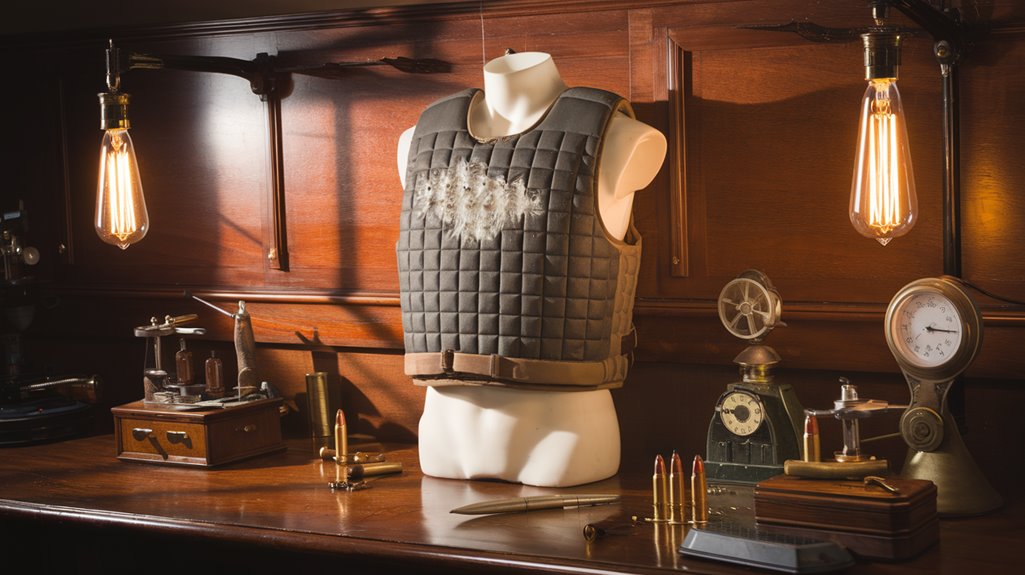
While Hollywood has shaped our perception of bulletproof vests through action-packed scenes, many of these depictions stray far from reality.
These Hollywood exaggerations often show characters surviving any type of bullet while wearing body armor, but that's simply not true. Different vests are rated for specific threats, and they won't stop rounds that exceed their protection level. In dramatic scenes, characters often use pocket watches and shovels to miraculously stop bullets, which is completely unrealistic.
Another of the misleading representations you'll see in movies is characters walking away unscathed after being shot multiple times. The NIJ rating system determines what specific threats each vest can protect against.
Even when a vest stops a bullet, you can still suffer from serious blunt force trauma, including broken ribs and internal injuries.
While body armor considerably increases your chances of survival, it doesn't make you invincible, and the impact force remains a real concern.
Understanding Ballistic Protection Levels
When choosing body armor, you'll need to understand the five main protection levels established by the National Institute of Justice (NIJ): Level IIA, II, IIIA, III, and IV.
Level IIA protects against basic handgun threats like 9mm FMJ at 1165 ft/s, while Level II steps up to handle .357 Magnum JSP rounds. Modern soft armor at this level uses Kevlar fibers that degrade over time and require replacement every five years.
Level IIIA, the most common for concealable protection, stops higher velocity 9mm rounds at 1400 ft/s and .44 Magnum threats. The upcoming NIJ 0101.07 standard will test Level IIIA armor against 9mm FMJ rounds at approximately 1470 ft/s.
For rifle protection, you'll want Level III or IV body armor. Level III stops 7.62x51mm NATO rounds, while Level IV, the highest protection level, defends against armor-piercing 30.06 rounds.
The Science Behind Different Vest Materials
The science of bulletproof vests revolves around specialized materials that work together to stop deadly projectiles.
You'll find high-performance fibers like Kevlar and UHMWPE at the core, each chosen for their exceptional material properties in stopping bullets and dispersing energy.
The effectiveness comes from sophisticated layering techniques that combine multiple sheets of these materials.
When a bullet strikes, each layer plays an essential role: the outer shell resists abrasion, while the ballistic layers catch and deform the projectile.
A trauma reduction layer then helps minimize the impact force on your body. The ongoing testing and research ensures vests maintain optimal safety standards.
Modern vests also incorporate ceramic or steel plates for protection against high-velocity rounds.
These materials don't just stop bullets – they're engineered to maintain flexibility and comfort while offering chemical and heat resistance.
The NIJ classification system categorizes protective gear into five distinct levels to meet different threat requirements.
What Really Happens When a Bullet Hits
Despite what movies portray, a bullet's impact creates devastating damage far beyond a simple hole. Understanding bullet dynamics helps explain why: as a projectile enters your body, it creates both permanent and temporary cavities while transferring massive kinetic energy to surrounding tissues.
Your tissue response varies dramatically based on the bullet's velocity and mass. When a high-speed round strikes, it doesn't just pierce – it generates devastating shock waves that ripple through your body. The damage is particularly severe when faster bullets impact, creating more extensive tissue destruction. Rifle rounds cause significantly more damage, creating tissue disruption up to four inches around the wound path.
- The bullet crushes and shreds tissue directly in its path, forming a permanent wound channel.
- A temporary cavity expands and contracts, pulling debris and bacteria deep into the wound.
- Different tissues react uniquely: muscle might stretch and recover, while your liver could shatter from the same impact.
Choosing the Right Protection for Your Needs
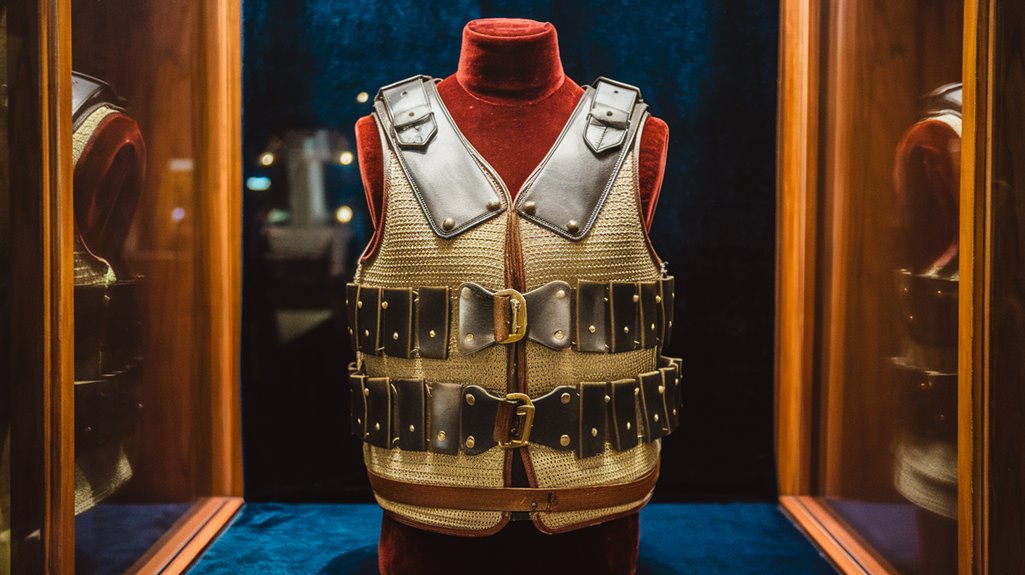
Selecting body armor might seem overwhelming, but understanding your specific needs will guide you toward the right choice. Your first step is conducting a threat assessment to determine the protection level you require.
Different body armor types serve different purposes – soft armor works for everyday protection against handguns, while hard armor defends against rifle rounds. The National Institute of Justice sets standardized protection levels.
Consider your mobility requirements and comfort needs. If you're wearing armor daily, you'll want something lightweight and concealable. For tactical situations, you might need additional features like MOLLE pouches or hydration compatibility. Based on extensive data-driven research, bulletproof vests have proven highly effective in real-world scenarios.
Remember that higher protection levels mean more weight, so balance safety with practicality.
Don't forget to factor in your environment and activities. Covert operations require concealment, while overt security work might benefit from visible armor with additional tactical features.
Life-Saving Limitations You Should Know
While Hollywood often portrays body armor as an impenetrable shield, you'll need to understand its real limitations to stay safe.
In real life scenarios, these vests can't guarantee protection against every threat, and even successful stops can result in serious trauma injuries. Modern vests made with Kevlar and UHMWPE offer a balance between protection and mobility.
To maximize your protection, remember these critical points:
- Your vest is bullet-resistant, not bulletproof – it won't stop every type of round, especially rifle slugs or high-velocity ammunition.
- Even if the vest stops a bullet, you must seek immediate medical attention due to potential internal injuries.
- Regular maintenance tips include checking for wear, storing properly, and replacing your vest when it shows signs of degradation.
Understanding these limitations isn't meant to discourage you but to help you make informed decisions about your safety and protection needs.

